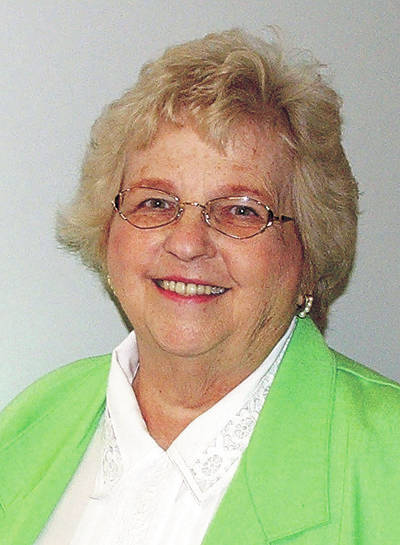
In the summer of 1856, the Cincinnati Conference of the Methodist Episcopal Church announced plans for a school of higher learning for students of African-American descent.
Twenty-four individuals were selected to serve as a Board of Trustees. Of the twenty-four, four were African-American descent. The board members were all men of some means and well-known in the community, including Ohio Governor Salmon P. Chase.
A former health resort “Tawawa Springs” was purchased as the site for the institution. The Methodist Episcopal and African Methodist Episcopal Conferences of Ohio entered into cooperation for the success of Wilberforce University.
The property consisted of 52 acres, heavily timbered with several buildings constructed of wood. A large “T” shaped building, three stories high provided dormitories for teachers and young ladies in one portion, and young men in another. There was a large chapel and classrooms. The building needed little remodeling, having been used as a health resort and hotel. In addition there were cottages which could provide residences for instructors and other staff.
In October, 1856, the institution was formally dedicated to the holy work of Christian education by Rev. Edward Thompson, then president of the Ohio Wesleyan University.
The first principal to be appointed to the new school was Rev. M. P. Gaddis Jr. who managed it until 1957 when Mr. I. R. Parker, who had previous experience working with youth, was appointed. His wife assisted him, and other teachers were hired.
In June 1959, Rev. Richard T. Rust took the leadership position and the school was growing. However in 1862, due to the Civil War, many of the students who were children of southern plantation owners who wanted their children to return home, rather than stay in the North. At that time there were about 100 students in the school, with the majority coming from the southern states.
President Rust had done an admirable job of bringing the institution from a primary school into a college, but because so many of his students and their families were committed to the southern point of view, the money was not forthcoming. There was no reserve funding and so in June 1862, the new school had to suspend operations.
What had been a dream became a reality, but when funding was no longer available, it seemed that the concept was gone forever. However, in March 1863, the property was sold to the African Methodist Episcopal Church for the sum of $10,000.
Bishop Payne was selected to be the president of the newly re-instituted organization. Payne Theological Seminary, a part of the University, is named in his honor.
Once again the school was ready to welcome students. Wilberforce University, named for William Wilberforce, a British abolitionist was again seeking students to fill the school. A charter was granted which stated “there shall never be any distinction among the trustees, faculty or students on account of race or color.”
Prof. John G. Mitchell was selected to be the new principal. The school was opened in July 1863 with about a dozen children, mostly from Greene County. By the following spring the student body had grown enough that two additional teachers were hired.
As the number of students increased, other subjects were introduced such as Greek, Latin and the lower mathematics.
Another setback occurred in 1865 when the main building caught fire and burned to the ground. One of the cottages was utilized for a school-room and the studies continued until June when the students returned to their respective homes.
In spite of the challenges, the school continued and soon a new building was in place. By 1874, the student body numbered 153 with the majority being men.
As the student body grew, so did the need for qualified teachers. In addition to the regular staff, two law professors in Xenia and four scientific lecturers from Antioch College were providing their skills.
In the 1870’s, the college consisted of the normal and practical school, classical, scientific and law and theology.
In 1894, the University was designated by President Grover Cleveland as a center for military training with Lt. John Alexander as the organizer. This was the first time a school with the student body mostly of African-American descent received such recognition from the U. S Government. Due to the fact that many students had received military training, they were very much in demand during WWII.
More and more students enrolled in the school, and so additional buildings were constructed and more instructors hired to meet the demands.
For some time, there had been controversy regarding the separation of church and state and from this debate, Central State College (later University) was formed in 1947.
Following the 1974 Xenia tornado which took its toll on the two schools, Wilberforce University moved to a location across the highway from Central State University and both institutions have large student bodies.


